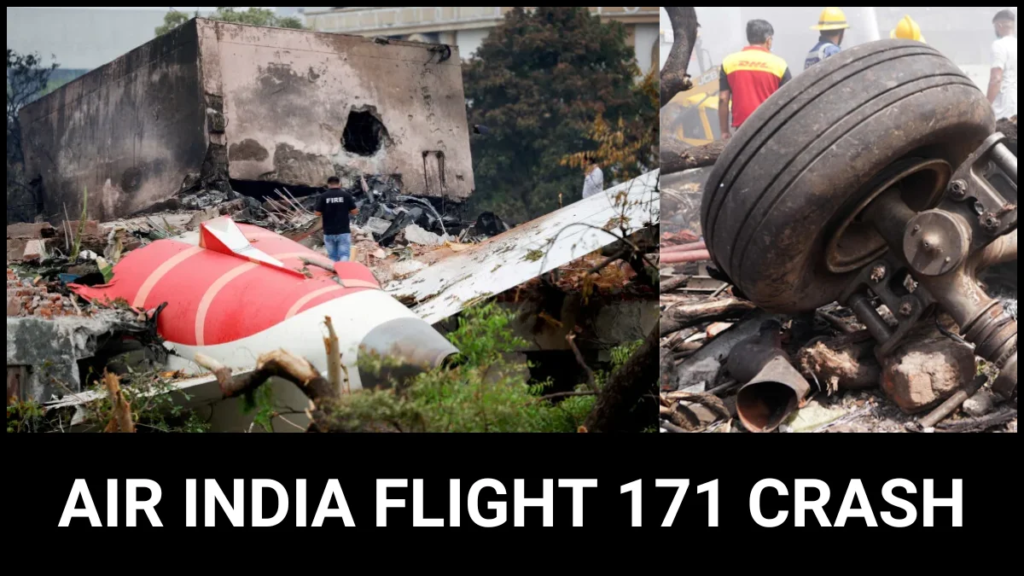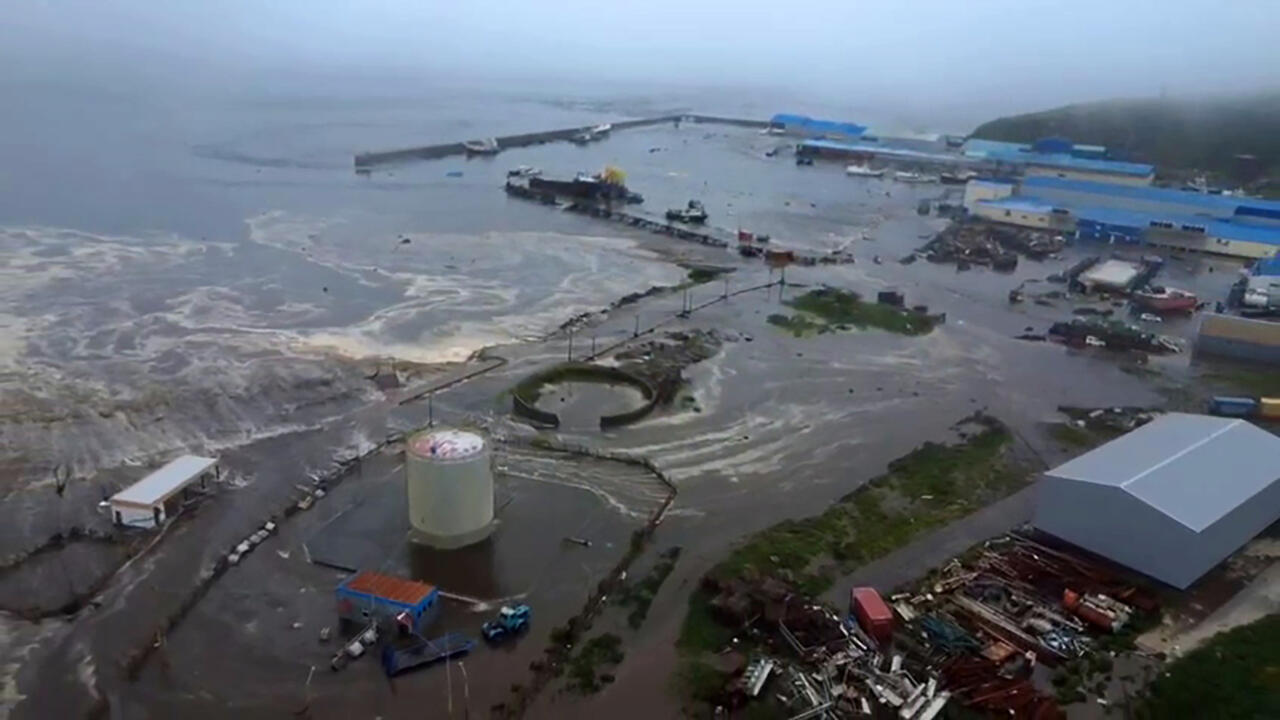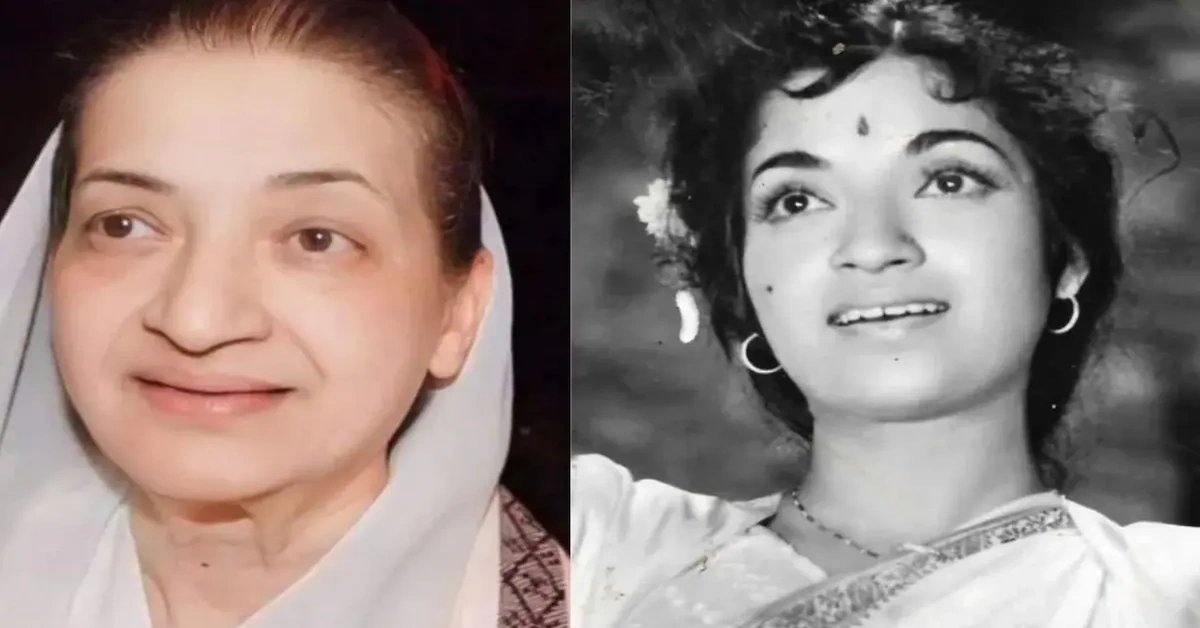
Air India Flight 171 Crash: Preliminary Report Raises Questions, Pilots Defended
- Zain Ul Abideen
- Reading Time 7

On June 12, 2025, Air India Flight 171, a Boeing 787 Dreamliner, crashed shortly after takeoff from Ahmedabad, India, killing 260 people. The tragic incident, the deadliest aviation accident in a decade, has left families, experts, and the public seeking answers. A preliminary report by India’s Aircraft Accident Investigation Bureau (AAIB) has revealed critical details about the crash, but it also raises more questions than answers. The Indian Commercial Pilots’ Association (ICPA) and other pilot groups have strongly defended the crew, urging the public to avoid harmful speculation, such as claims of pilot suicide.
What Happened During Air India Flight 171 Crash?
Air India Flight 171 was heading to London Gatwick from Ahmedabad’s Sardar Vallabhbhai Patel International Airport. Just 32 seconds after takeoff, the Boeing 787-8 Dreamliner crashed into a densely populated area near BJ Medical College, killing 241 of the 242 passengers and crew onboard, along with 19 people on the ground. The sole survivor, Vishwaskumar Ramesh, a 40-year-old British national of Indian origin, miraculously escaped the wreckage.
The preliminary report, released on July 12, 2025, shows that both engines lost power seconds after takeoff when the fuel-control switches moved from the “run” to “cutoff” position. This action starved the engines of fuel, causing the plane to lose altitude rapidly. Despite attempts to restore power, the aircraft could not recover in time.
Findings from the Preliminary Report
The AAIB’s 15-page report provides a second-by-second timeline of the flight’s final moments. It highlights the mysterious movement of the fuel-control switches but does not pinpoint why they were flipped or who was responsible. Here’s a clear breakdown of the timeline:
Time (GMT) | Event |
08:07:33 | Cleared for takeoff from runway 23 |
08:07:37 | Aircraft begins takeoff roll |
08:08:33 | Reaches V1 speed (153 knots) |
08:08:35 | Achieves Vr speed (155 knots) for rotation |
08:08:39 | Lift-off |
08:08:42 | Peaks at 180 knots; fuel switches move to “cutoff” |
08:08:47 | Engines lose power; Ram Air Turbine (RAT) deploys |
08:08:52 | Engine 1 fuel switch returns to “run” |
08:08:54 | Auxiliary Power Unit (APU) auto-starts |
08:08:56 | Engine 2 fuel switch returns to “run” |
08:09:05 | Pilot issues “MAYDAY MAYDAY MAYDAY” call |
08:09:11 | Aircraft crashes |
Cockpit voice recordings captured a moment of confusion. One pilot asked, “Why did you cut off?” The other replied, “I didn’t.” The report does not identify who spoke, adding to the mystery. The pilots tried to recover by moving the switches back to “run,” but the engines did not regain enough thrust to prevent the crash.
Pilots Defended Against Speculation
The ICPA and the Airline Pilots’ Association of India (ALPA India) have strongly criticized media and social media speculation, particularly claims of pilot suicide. The ICPA called such allegations “reckless and unfounded,” stressing that no evidence supports these claims. They urged the public to wait for the final investigation report, expected in a year, before drawing conclusions.
Indian Civil Aviation Minister Ram Mohan Naidu echoed this sentiment, describing India’s pilots and crew as the “backbone of civil aviation” and urging people not to jump to conclusions. The pilots, Captain Sumeet Sabharwal (56) and First Officer Clive Kunder (32), were experienced, with over 15,600 and 3,400 flight hours, respectively. Both had passed breathalyzer tests and were well-rested before the flight.
Fuel-Control Switches
The fuel-control switches, located between the pilots’ seats in the Boeing 787 cockpit, are designed to prevent accidental movement. They have protective guard brackets and a stop-lock mechanism that requires lifting before flipping. Experts say accidental activation is nearly impossible, raising questions about whether the switches were moved intentionally or due to a mechanical issue.
A 2018 US Federal Aviation Administration (FAA) advisory noted that some Boeing 737 fuel-control switches had disengaged locking mechanisms. The same switch design is used in the Boeing 787-8, including Air India’s VT-ANB aircraft. However, the advisory was not mandatory, and Air India did not inspect the switches. The FAA has since stated that the switches are safe, and no defects have been reported on VT-ANB since 2023.
Investigation and Transparency Concerns
The AAIB is leading the probe, with support from Boeing, General Electric, and experts from the US and UK. The report found no mechanical faults with the aircraft or its GE GEnx-1B engines, and no action is required from airlines or manufacturers at this stage. However, ALPA India raised concerns about the investigation’s transparency, alleging it may be biased toward blaming the pilots. They called for pilot unions to be included as observers to ensure fairness.
Families of the victims, like Imtiyaz Ali, who lost his brother, sister-in-law, and their children, expressed frustration with the report’s lack of clear answers. “It reads like a product description,” Ali told the BBC, highlighting the need for more transparency.
The preliminary report is just the first step. A final report, expected by mid-2026, will provide a detailed analysis of the crash’s cause. Investigators are examining whether the fuel-switch movement was mechanical, accidental, or intentional. They are also analyzing the aircraft’s maintenance records, pilot training, and system behavior.
The crash has sparked renewed scrutiny of Boeing’s fuel-control switch design and Air India’s maintenance practices. For now, the aviation community and victims’ families await answers while mourning the tragic loss of 260 lives.
Kudos to Poornima for shedding light on the critical Boeing 737 fuel switch flaw that likely caused the tragic Air India Flight 171 crash, her analysis aligns perfectly with the EAFR data and pilot recordings, exposing a design oversight rather than human error. It’s utterly… pic.twitter.com/qjf6dio6Qz
— Sachin Singh (@sachin_173) July 13, 2025
The preliminary report indicates that the fuel-control switches moved to the “cutoff” position seconds after takeoff, causing both engines to lose power. The exact reason for the switch movement—whether mechanical, accidental, or intentional—is still under investigation.
The flight was commanded by Captain Sumeet Sabharwal, with 15,638 flight hours, and First Officer Clive Kunder, with 3,403 flight hours. Both were experienced, well-rested, and cleared to fly.
The Indian Commercial Pilots' Association and ALPA India are defending the crew against unverified claims, such as pilot suicide, which they call “reckless” and harmful. They urge waiting for the final report to avoid unfair speculation.
The fuel-control switches, which control fuel flow to the engines, were moved to “cutoff,” stopping the engines. These switches have safety features to prevent accidental movement, making their activation a key focus of the investigation.
The final investigation report is expected within a year, likely by mid-2026, and will provide a detailed analysis of the crash’s cause.
Send Us A Message

Punjab Schools Reopen: New Schedule for August 2025 After Reduced Summer Vacation

Earthquake Today: 5.4 Magnitude Quake Jolts Pakistan, 8.8 Hits Russia

Tsunami Waves Hit Pacific Coasts After Massive Russia Earthquake

Mardan Board Result 2025: Punjab Private Schools Shine, Government Schools Improve










